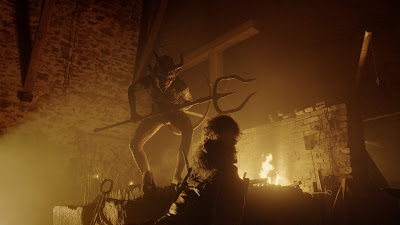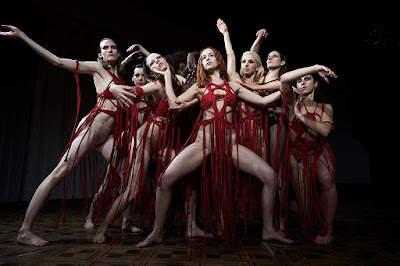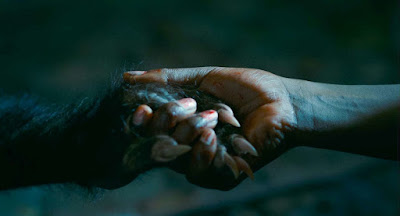Errementari: The Blacksmith and the Devil (2017, directed by Paul Urkijo Alijo) is based on a fairy tale with deep Indo-European roots, one known in one form or another across most of Western Asia and Europe. This film interprets the story in Basque, one of the only European languages that doesn't have Indo-European roots. Given that this film was produced by Spanish enfant terrible Alex de Iglesias, I can only assume that this is one of the ways in which the film is trolling the audience. This film is both a rich Gothic and a droll comedy. It's one of the year's best horror movies, and this year has not been short on good horror movies.
Note: this contains spoilers.


















